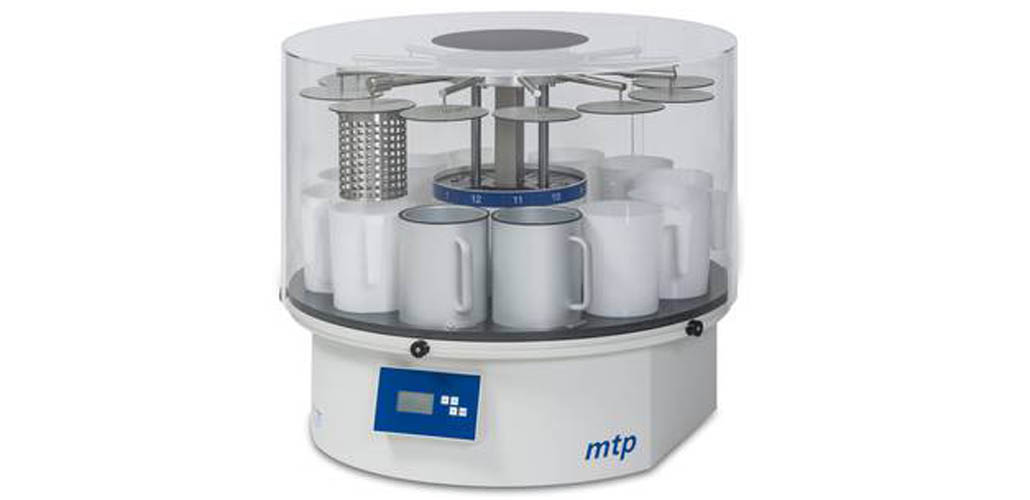Next Generation of Rocking Motion Single-Use Bioreactor - Biostat� RM 200
Molecular Diagnostics / Pharmaceutical Industries
May 13, 2015Sartorius is pleased to announce the launch of the new Biostat® RM 200 single use bioreactor system. This fully GMP compliant, wave-mixed bioreactor is now available in its 2nd generation and comes with our proven Biostat® B control tower to enable flexible process strategies.
The Biostat® RM 200 system consists of the Biostat® RM 200 rocker, Biostat® B control tower on lab-cart and Flexsafe® RM cultivation bag. It is your choice for larger scale seed expansion and production of material for preclinical and clinical studies.
It is the ideal choice for larger scale seed expansion and production of material for preclinical and clinical studies. It supports working volumes from 10 L up to 100 L.
Together with our Flexsafe® RM bags you will benefit from state-of-the-art hardware combined with the highest level of security of supply, robustness & consistent cell growth performance.
- Low consumable costs compared to stirred single-use bioreactors
- Reliable single-use probes for measurement of pH & DO
- Designed for automated batch, fed-batch and perfusion processes using an external cell retention unit
- Flexible arrangement of control tower and rocker unit on individual trolleys
P6uUrxM21GNporSpp7lV.jpg)



